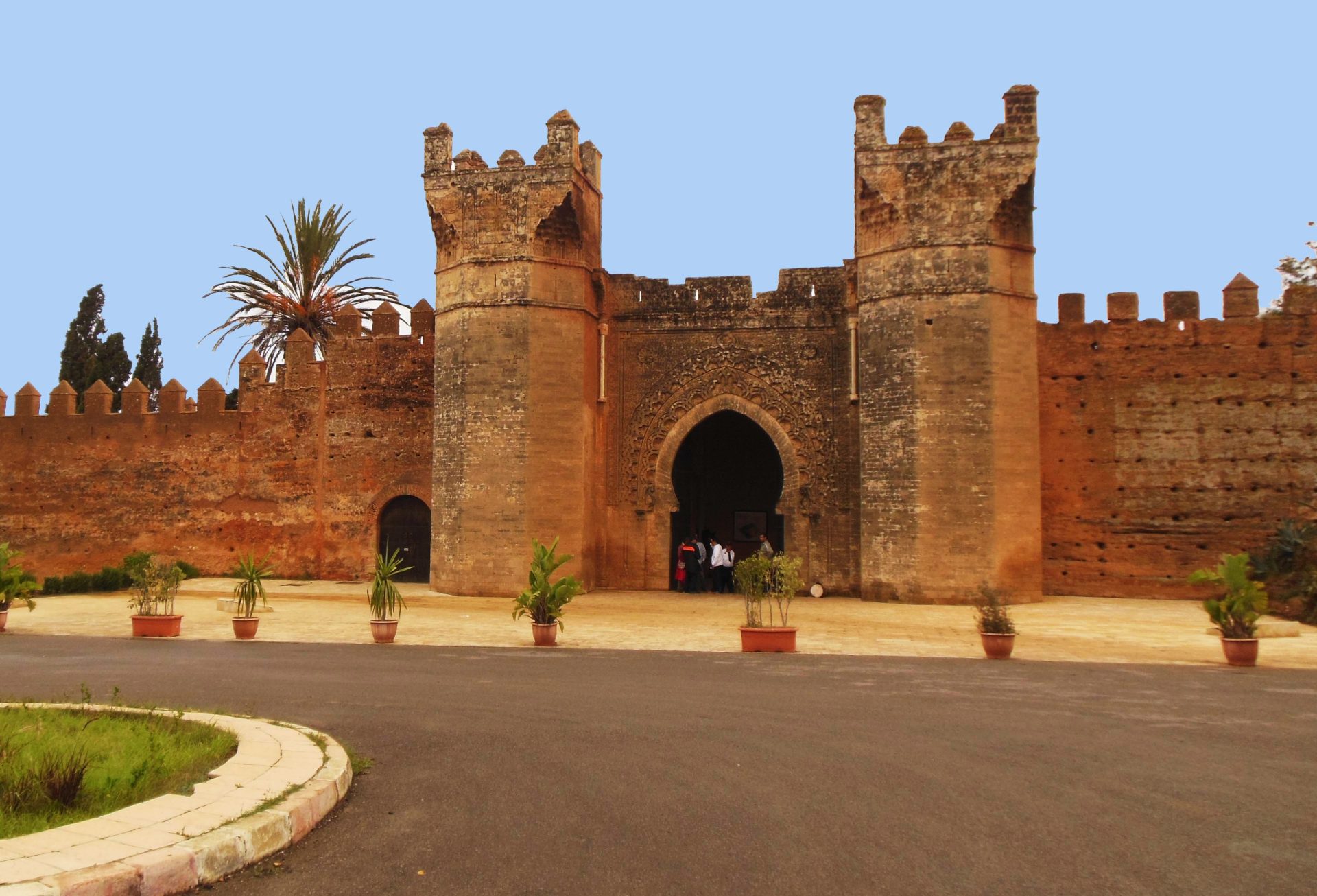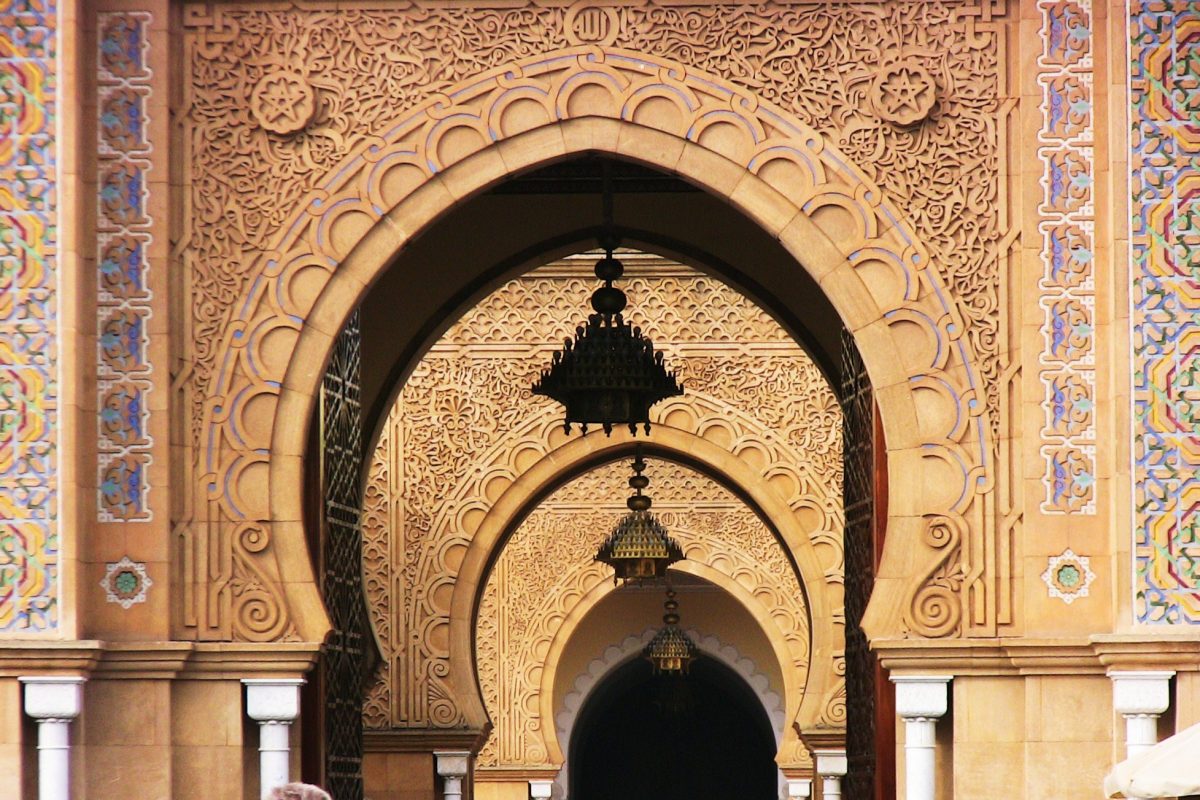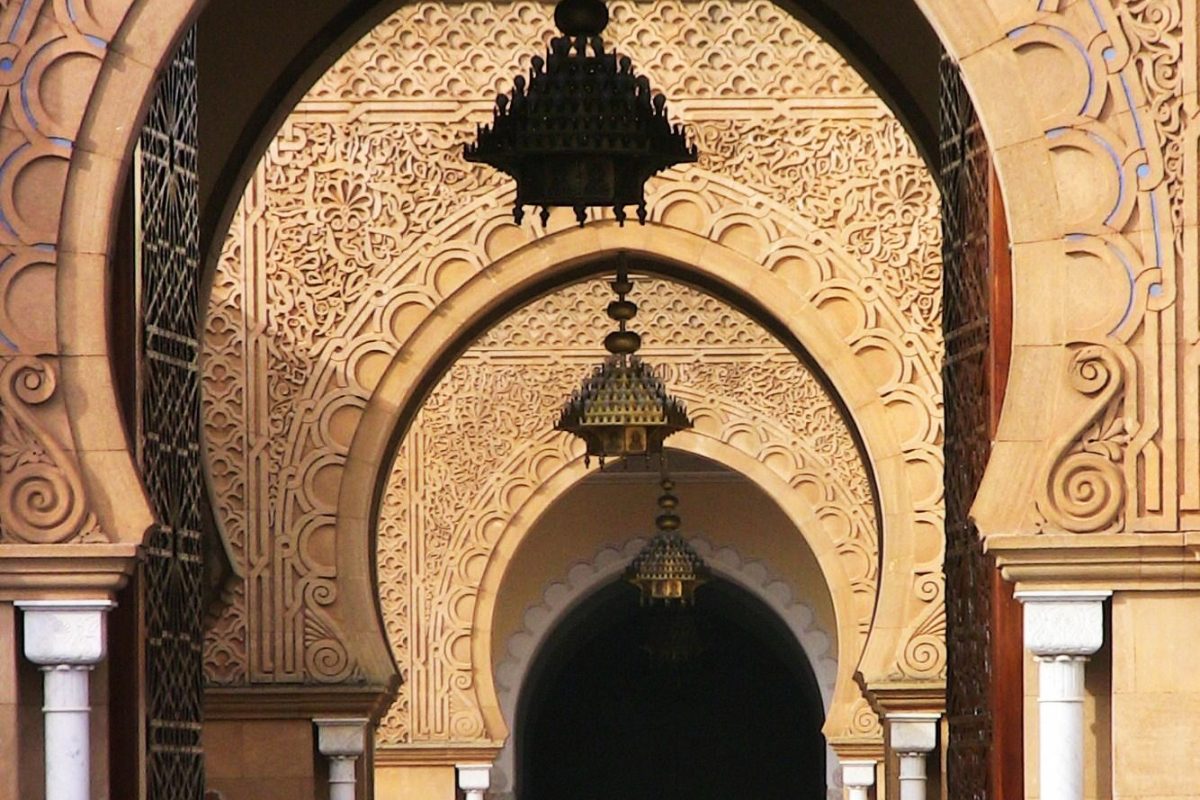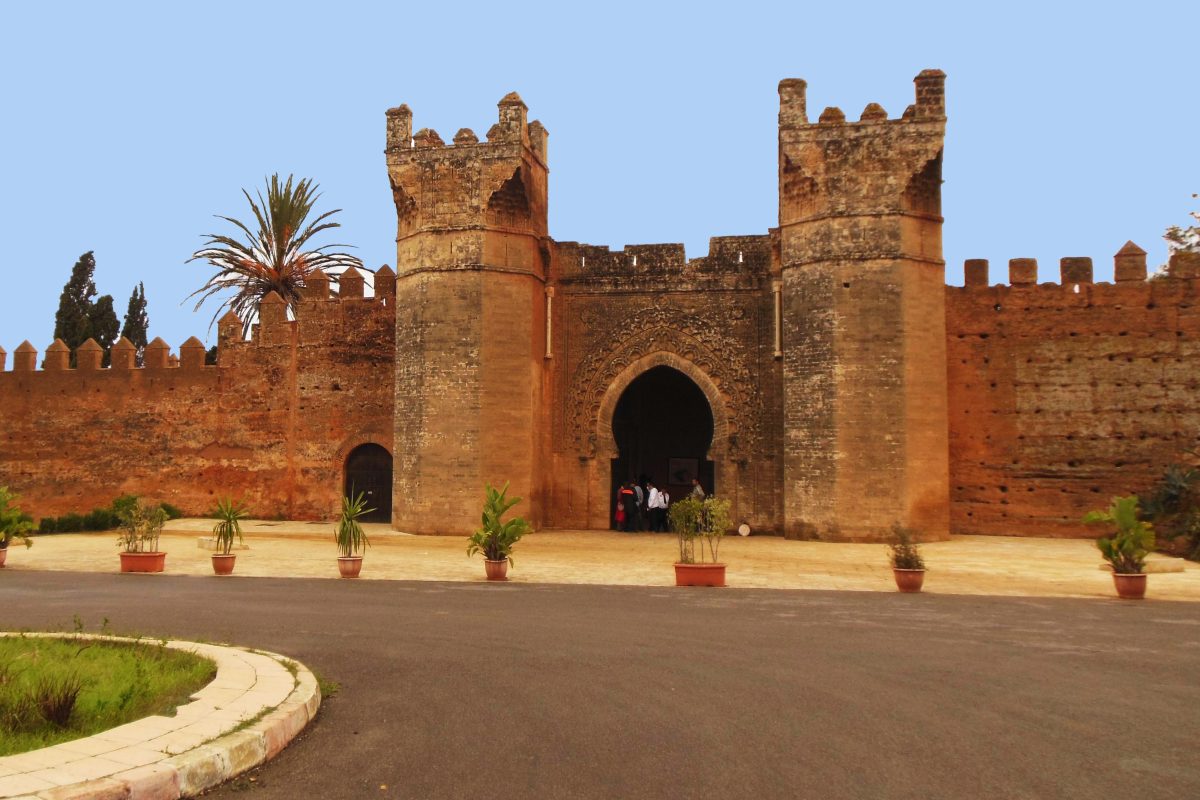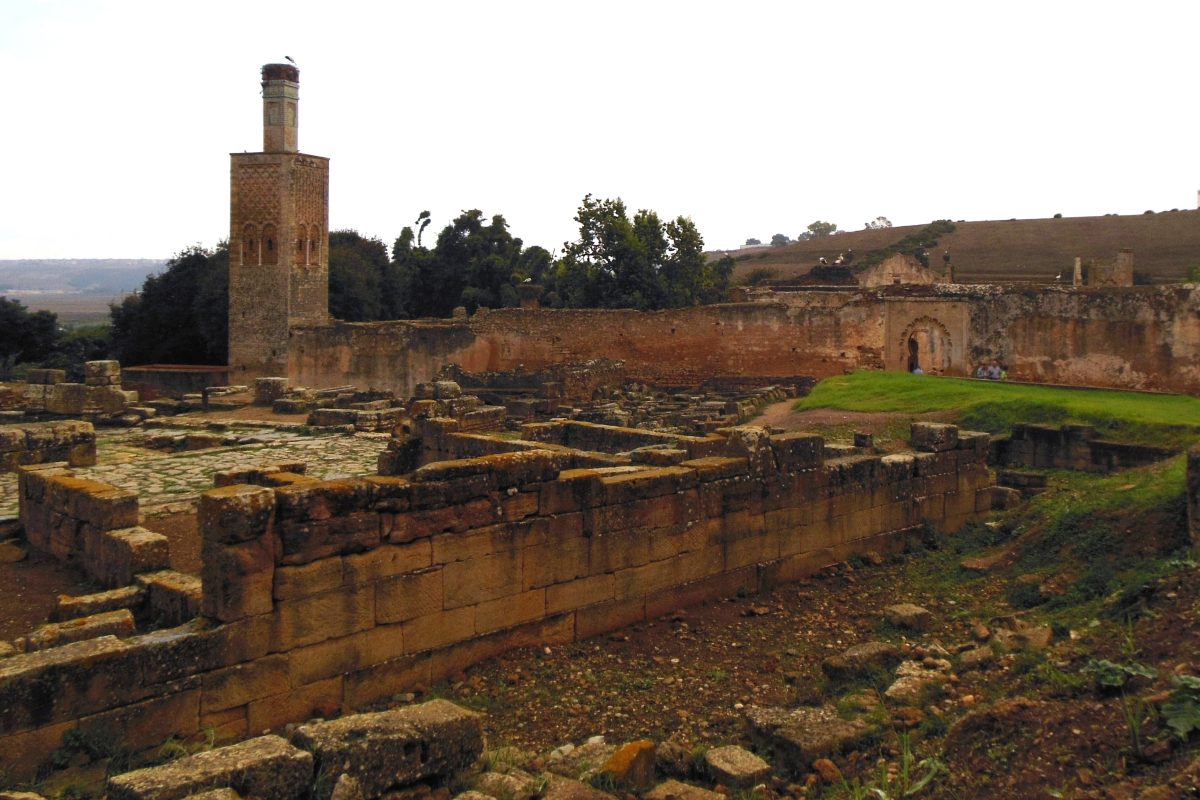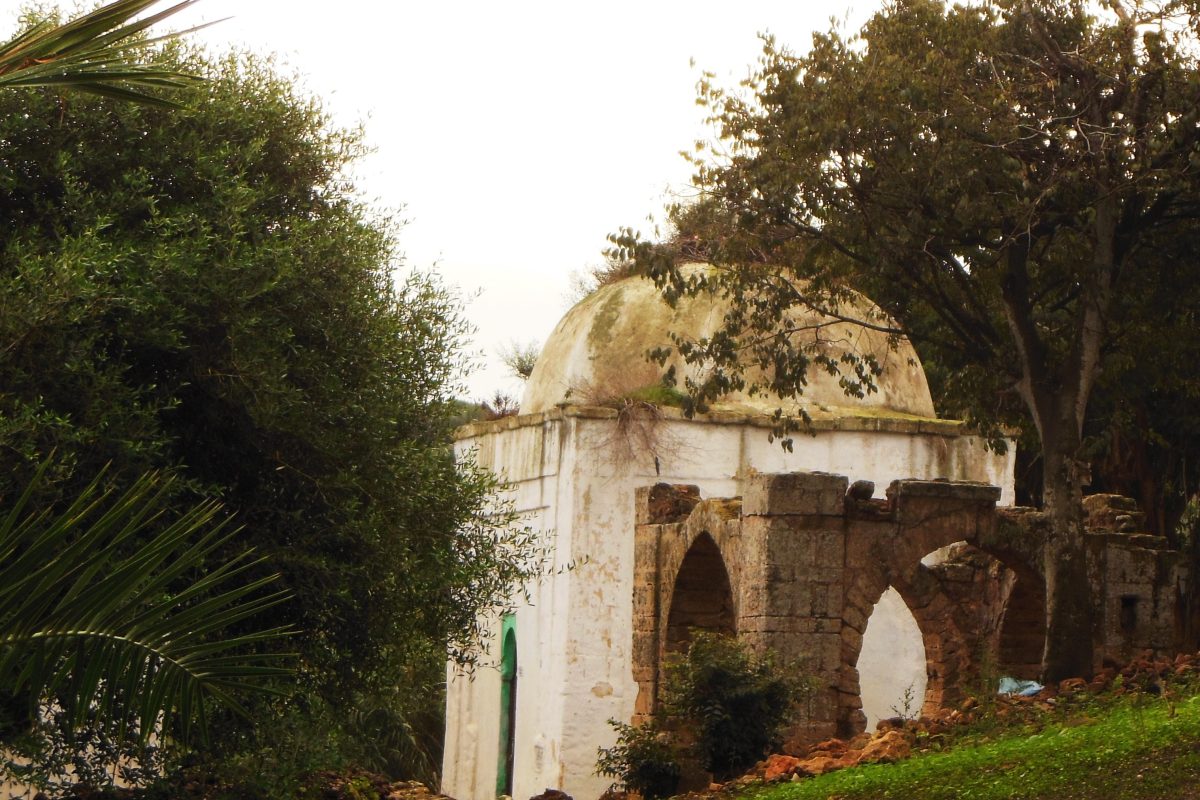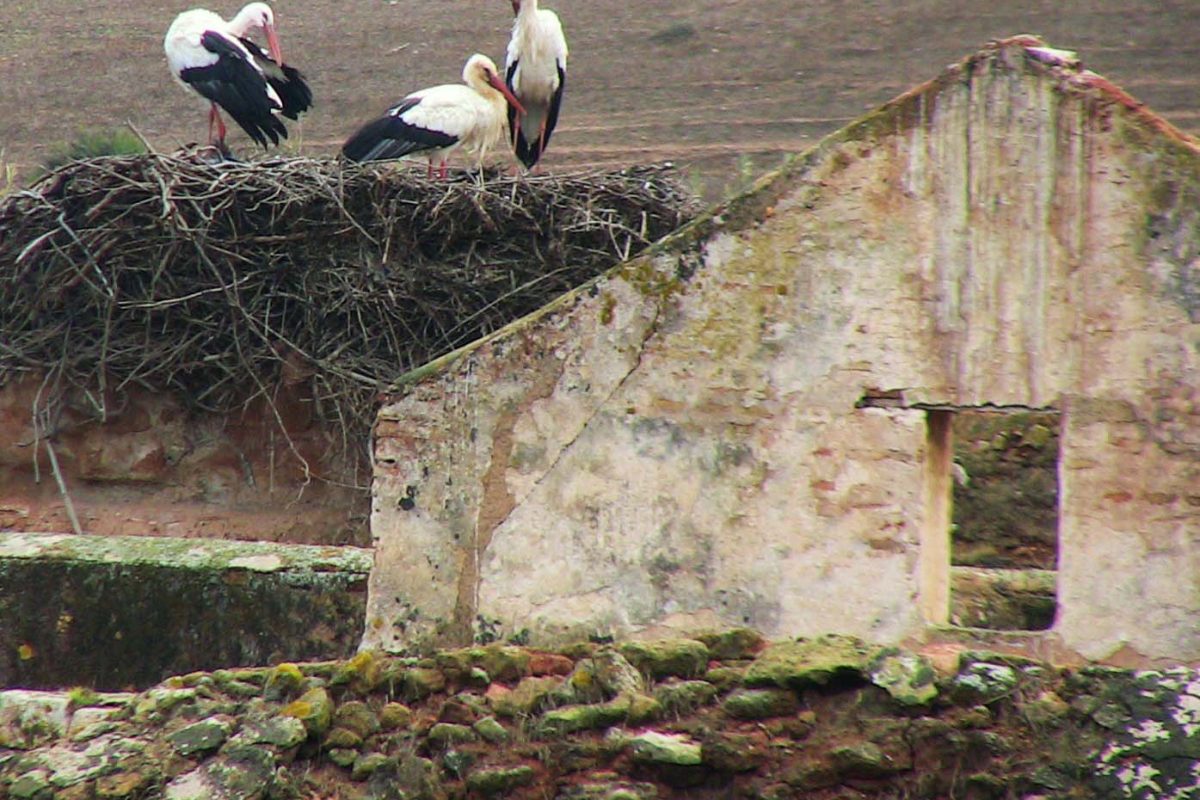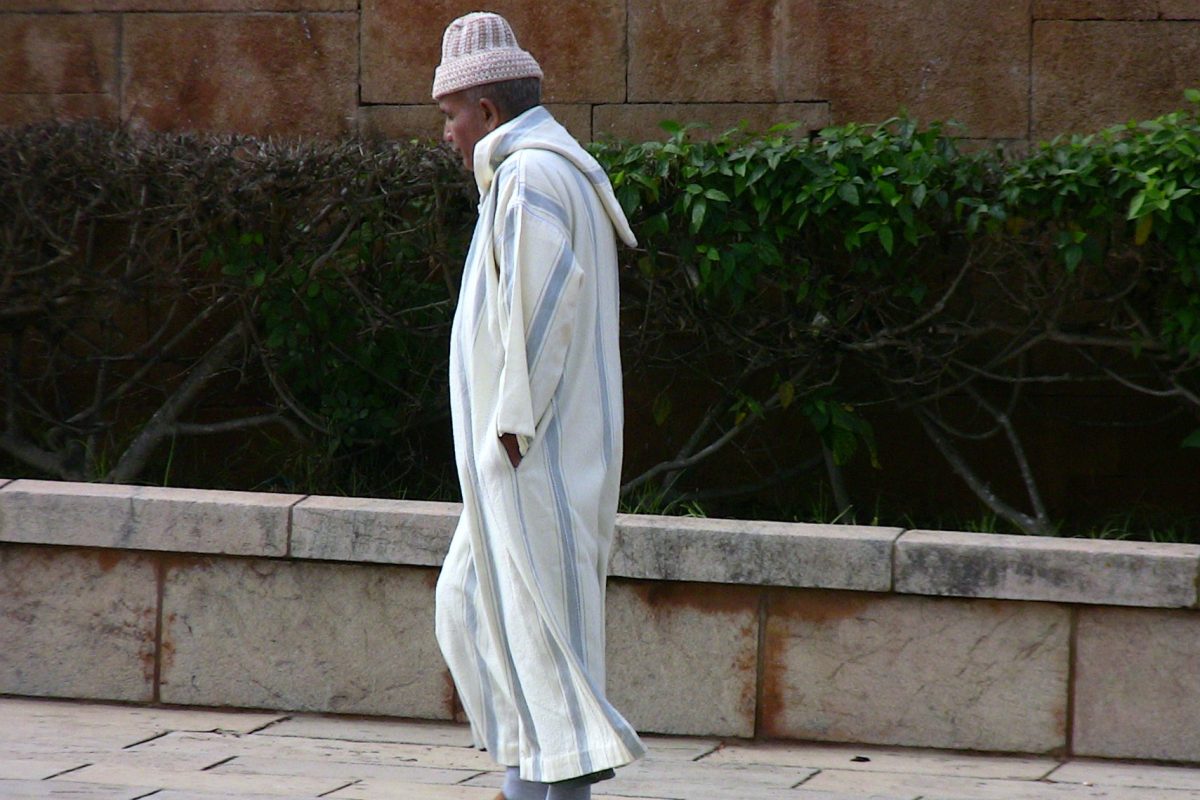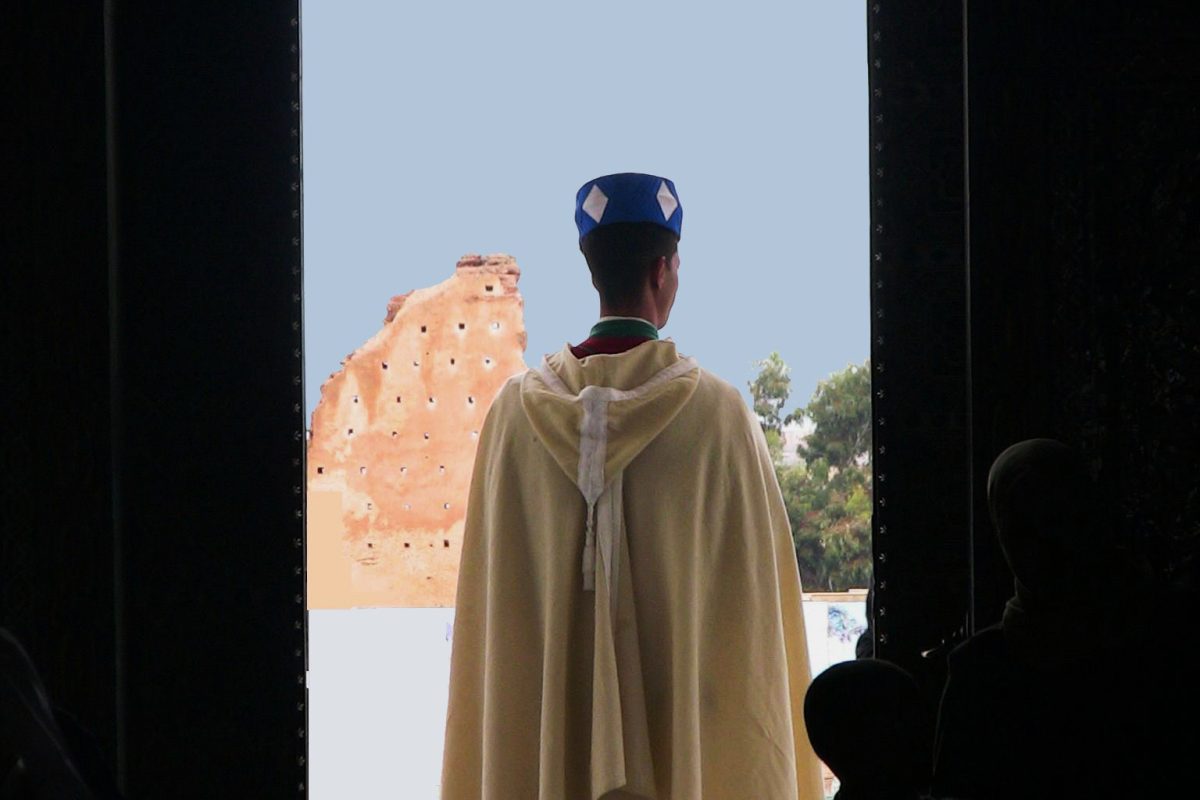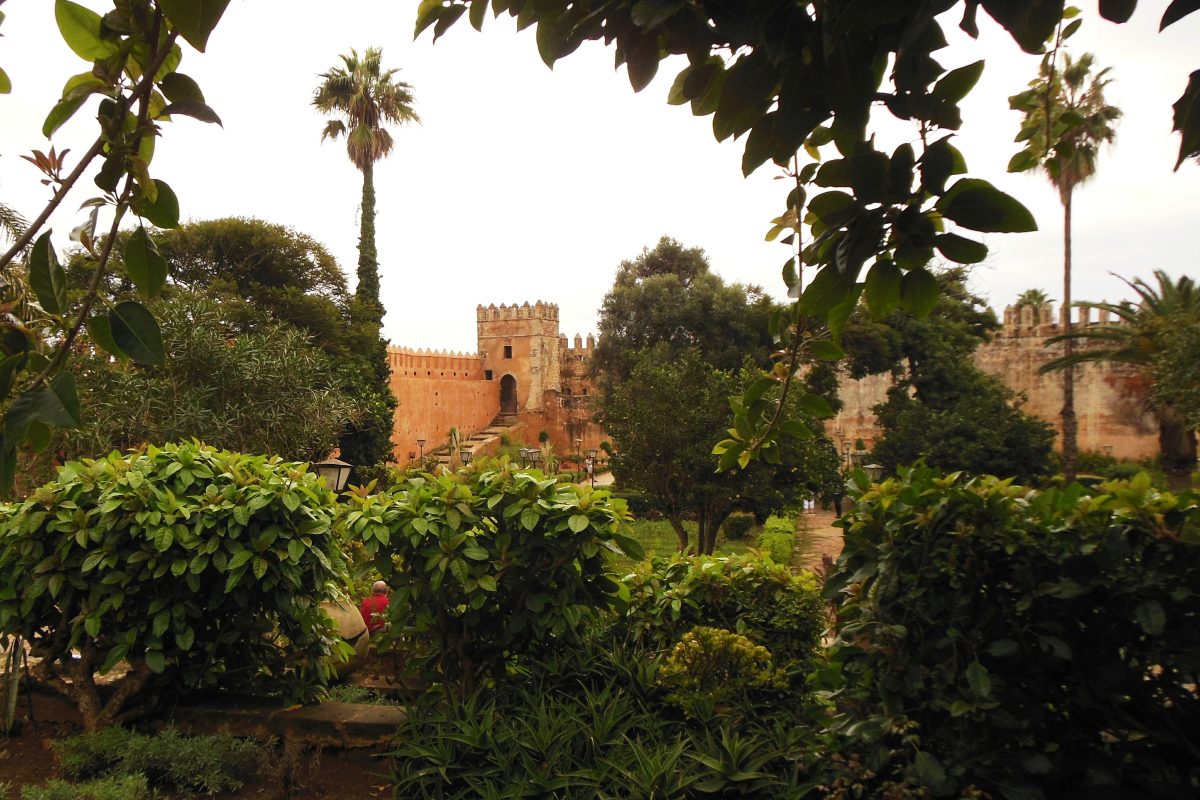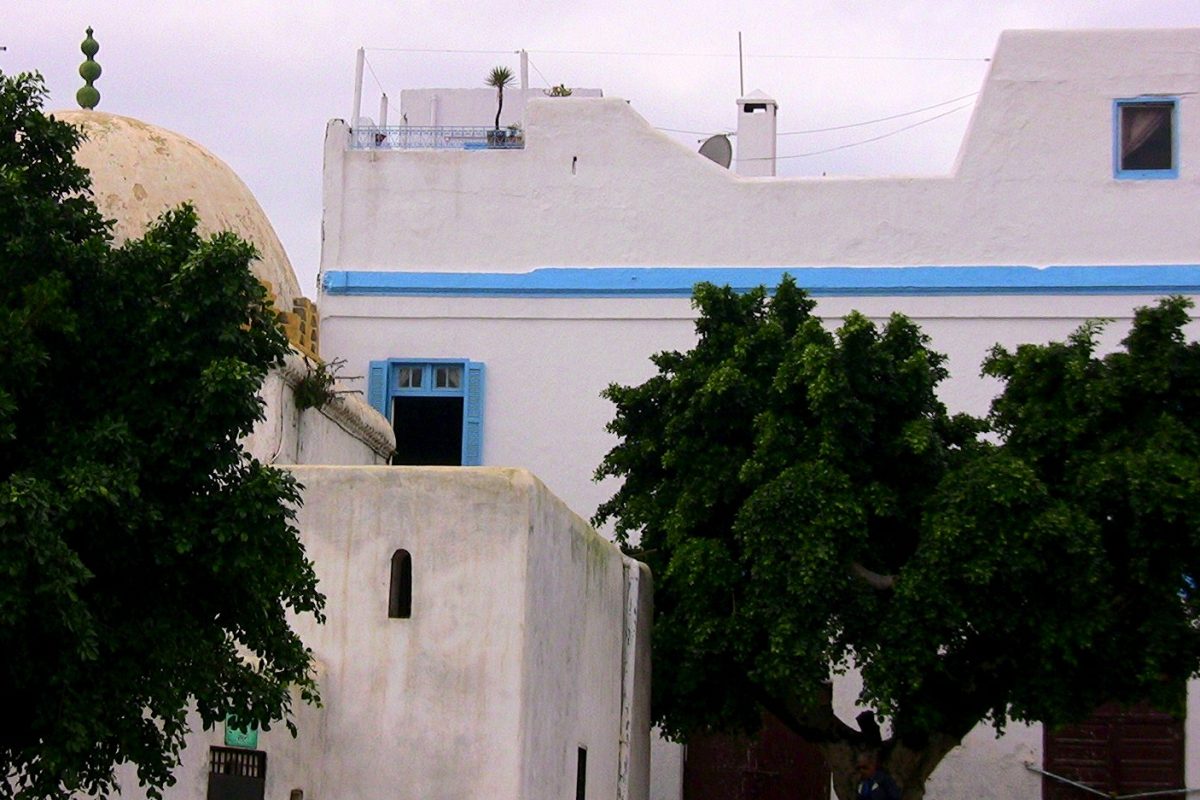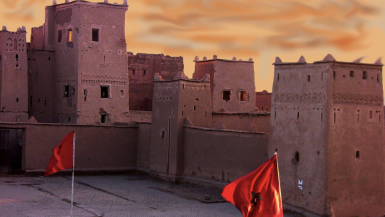Rabat, Morocco: Where Serenity Meets Sovereignty
Rabat is Morocco’s capital, but don’t expect the frenetic pace of Casablanca or the sensory overload of Marrakech. Instead, Rabat offers a calm, cultured, and surprisingly modern experience—where wide boulevards meet ancient medinas, and the Atlantic breeze carries whispers of centuries past. In 2022, Rabat stood out as one of the most accessible and enjoyable cities in North Africa for travelers seeking both history and tranquility.
🏛️ A Brief History of Rabat
Rabat’s story begins in the 12th century, when the Almohad dynasty built a fortress on the banks of the Bou Regreg River. This fortress, known as the Kasbah of the Udayas, became the nucleus of a city that would evolve through dynasties, colonial rule, and independence.
- In the 17th century, Rabat became a haven for pirates—yes, actual corsairs—who operated out of the river mouth.
- Under the French Protectorate (1912–1956), Rabat was chosen as the administrative capital due to its strategic location and manageable size.
- Today, Rabat is the political and royal capital of Morocco, home to embassies, ministries, and the official residence of the King.
Despite its importance, Rabat has retained a laid-back charm, making it ideal for travelers who want to explore Morocco without the chaos.
✈️ Traveling to Rabat: What You Need to Know
Getting There:
- Rabat-Salé Airport receives international flights from Europe and Africa. From the airport, a bus or taxi will get you to the city center in about 25 minutes.
- If you’re traveling within Morocco, Rabat is well-connected by train to Casablanca, Fez, and Marrakech. The main station, Rabat Ville, is centrally located.
Getting Around:
- Rabat is compact and walkable. Most major attractions are within a short stroll.
- The tram system is clean, efficient, and connects key neighborhoods.
- Taxis are plentiful—just agree on a fare before you ride, or insist on using the meter.
Language:
- Arabic is the official language, but French is widely spoken, especially in government and business settings.
- English is increasingly common in tourist areas, but learning a few French phrases will go a long way.
Best Time to Visit:
- Spring (March–May) and Autumn (September–November) offer mild weather and fewer crowds.
- Summers can be hot, but Rabat’s coastal location keeps temperatures more bearable than inland cities.
🕌 Things to See and Do in Rabat (2022 Edition)
1. Kasbah of the Udayas
This 12th-century fortress is a must-see. Wander through its narrow, blue-and-white streets, relax in the Andalusian Gardens, and enjoy panoramic views of the Atlantic Ocean. It’s peaceful, photogenic, and steeped in history.
2. Hassan Tower and Mausoleum of Mohammed V
The Hassan Tower is an unfinished minaret from the 1100s, originally intended to be the tallest in the world. Next to it stands the Mausoleum of Mohammed V, a stunning white marble structure with green tiled roofs and intricate carvings. It houses the tombs of the late king and his sons, including King Hassan II.
3. Chellah Necropolis
A hauntingly beautiful site, Chellah combines Roman ruins (Sala Colonia) with a medieval Islamic necropolis. Storks nest on ancient columns, and the red sandstone walls give it a timeless, almost mystical feel.
4. Royal Palace (Palais Royal)
While you can’t enter the palace itself, the exterior and surrounding gardens are worth a visit. It remains the official residence of Morocco’s royal family and is a symbol of the country’s monarchy.
5. Rabat Medina
Quieter and more local-focused than Marrakech’s, Rabat’s medina is a great place to shop for spices, leather goods, and traditional clothing without aggressive sales tactics. It’s a more relaxed and authentic experience.
6. Mohammed VI Museum of Modern and Contemporary Art
Opened in 2014, this museum showcases Moroccan and international artists in a sleek, modern space. It’s a testament to Rabat’s growing cultural scene.
7. Rabat’s Beaches
The city’s Atlantic coastline offers several beaches, including Plage de Rabat and Temara Beach. While not as pristine as those in Agadir, they’re great for a sunset stroll or a quick dip.
🛍️ Shopping and Dining
- Souk el Tebbane in the medina is great for traditional crafts.
- Mega Mall and Rabat Centre offer modern shopping experiences.
- For dining, try Le Dhow (a restaurant on a boat), Dar Naji for Moroccan classics, or Ty Potes for French-Moroccan fusion.
Mint tea is a must, and you’ll find it served everywhere—from street stalls to upscale cafes.
🧭 Travel Tips
- Currency: Moroccan Dirham (MAD). Credit cards are accepted in most hotels and restaurants, but cash is preferred in markets.
- Dress Code: Morocco is conservative. Dress modestly, especially when visiting religious sites.
- Safety: Rabat is considered one of the safest cities in Morocco. Still, keep an eye on your belongings and avoid isolated areas at night.
- Connectivity: Wi-Fi is widely available, and SIM cards are cheap and easy to buy.
Final Thoughts
Rabat is Morocco’s best-kept secret—a city that blends tradition and modernity with effortless grace. It’s a place where you can sip mint tea in a centuries-old kasbah, admire Art Deco architecture, and watch the sun set over the Atlantic—all in one day.
In 2022, Rabat offered travelers a calm, cultured, and captivating experience. Whether you’re starting your Moroccan journey here or ending it with a breath of fresh ocean air, Rabat will leave you with memories as enduring as its ancient walls.
Let me know if you’d like help planning a full itinerary or pairing Rabat with other Moroccan destinations like Fez, Chefchaouen, or the Sahara. There’s a whole kingdom waiting to be explored.
Sources:
Visit Marrakech – Discovering Rabat
Stoked to Travel – Rabat Travel Guide
See Morocco – Complete Guide to Rabat
